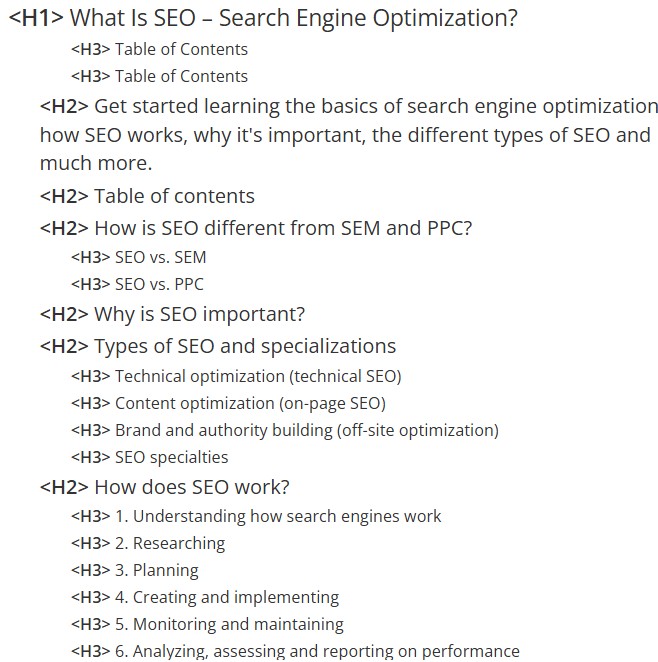Speak a question into your phone, get an instant answer, and move on. That’s search in 2025. Nearly every smart device now ships with a microphone and a built-in voice assistant. If your content isn’t optimized for voice search, or worse, if a voice assistant can’t even pronounce your brand name correctly, you’re missing out on valuable traffic and potential customers.
Voice search optimization is no longer optional. It’s now just as crucial as technical SEO, user experience, and content quality. Below, we’ll walk through practical strategies to integrate voice into your existing SEO plan without overhauling your entire site.

Voice Search Starts with Real-World Questions
Traditional keyword research focuses on short phrases, such as “best deep dish Chicago.” Voice search flips that approach. We speak naturally, using complete thoughts and conversational phrases. For example, someone might ask, “Where can I get the best deep-dish pizza near River North right now?”
Those extra words reveal context and intent, crucial details you can’t afford to miss.
How to adapt:
- Listen to real customer questions. Use transcripts from support calls, on-site chat logs, and FAQs.
- Integrate conversational queries into your H2s, meta descriptions, and FAQ blocks.
- Use a natural tone that reads the way people talk.
Pro tip: Tools like AlsoAsked and AnswerThePublic are great for uncovering question-based queries that mimic voice searches.

Structure Answers the Way Assistants Like
Voice assistants prioritize clear, concise answers they can read aloud in under 30 seconds. Dense paragraphs and overly complex language make it harder for them to deliver results.
Best practice: Provide a quick, direct answer right below the question or H2.
Example:
- H2: How long does sourdough starter last in the fridge?
- Answer: A healthy sourdough starter will remain viable in the refrigerator for approximately two weeks without feeding. After that, revive it at room temperature with fresh flour and water.
This format provides assistants with exactly what they need for a featured snippet (a “position zero” result), while the rest of your article provides additional context.
Technical SEO Still Underpins Voice Search, But Clarity is the Name of the Game
Voice assistants don’t use a separate search index. They pull from the same core data Google uses for text queries, but with one major twist: they’re under pressure to return a single, definitive answer. That means technical SEO doesn’t just support your visibility, it can make or break whether your content gets surfaced at all.
So, yes, foundations like crawlability, site speed, and HTTPS still matter. But what matters more is how cleanly your site communicates its structure and intent.
- Logical internal linking: Pages buried three clicks deep with no backlinks from higher-authority content are less likely to be discovered and served by voice assistants.
- Structured data: Voice assistants thrive on context. Use schema markup (https://developers.google.com/search/docs/appearance/structured-data/intro) to clarify things like FAQs, product features, how-to instructions, and local business details. It gives Google’s algorithms confidence in the relevance and accuracy of your content.
- Page purpose clarity: Voice queries often trigger featured snippets or knowledge panel responses. If your page has mixed or meandering intent, you’re less likely to earn those spots. Use strong H1s, well-organized H2s, and short, direct answer-style content blocks.
- Mobile-first UX: Not just for load time, though that’s still critical, but also for how content renders and behaves on smaller screens. Voice search often happens in motion (think: driving or walking), so your content needs to support instant action.
According to Google, structured data increases your chances of appearing in rich results by up to 50% (source) (https://developers.google.com/search/docs/fundamentals/structured-data). It doesn’t guarantee a voice snippet, but it helps algorithms eliminate ambiguity—which is half the battle when assistants are choosing a single answer to speak out loud.
Local Intent is Key
About 50% of voice searches are local (Search Engine Watch). Phrases like “near me” or “open now” trigger assistants to pull data from Google Business Profiles and other local directories.
What to do:
- Keep your NAP (name, address, phone number) details consistent across all listings.
- Add conversational directions or identifiers to your contact page, like “We’re the building with the blue awning on the corner.”
- Encourage customer reviews; assistants often quote these when responding to queries.
Write for the Ear, Not Just the Eye
Voice search demands clarity. Long, meandering sentences don’t translate well when read aloud.
Tips:
- Use active voice and straightforward phrasing.
- Break down jargon with quick definitions.
- Vary your sentence length for a natural rhythm.

Measure, Learn, and Adjust
Voice search traffic doesn’t show up as a neat metric in Google Analytics, but you can track:
- Growth in long-tail and question-based queries.
- Featured snippet impressions in Google Search Console.
- Click-to-call or “Get Directions” events, which are common for voice users.
If these numbers rise after optimization, you’re on the right track.

Why Voice Search Optimization Future-Proofs Your SEO
Voice search isn’t a trendy add-on. It’s a direct path to users who want fast, clear answers. By focusing on natural language, tightening your technical SEO, and optimizing for local intent, you’ll ensure your site is ready for the next wave of search behavior.
Need help building a voice search strategy? Our team at Menerva Digital can audit your current content, identify conversational gaps, and create a custom roadmap to get your brand heard—literally.





